DJI Mavic Pro vs. DJI Spark - debriefing
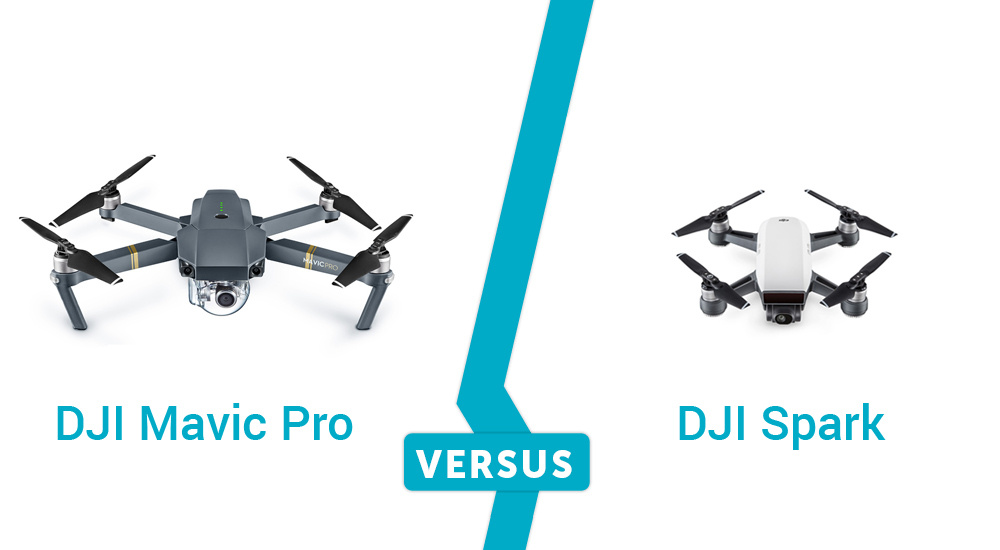
May 24, the Chinese company DJI introduced the Spark consumer quadrocopter. As is the case with all the other presentations of the world leader in droning, this event caused an extremely enthusiastic and violent reaction. And it was absolutely justified: the new drone DJI was a real technological miracle. Again.
DJI Spark, on the one hand, is a logical continuation of the trend for the miniaturization of UAVs, supported by DJI in the fall of 2016 with the release of the folding quadrocopter DJI Mavic Pro. On the other hand, this is nothing but a properly made selfie-drone, the appearance of which was so expected at the international exhibition CES-2017.
DJI is not for nothing called the industry leader: all the development of the engineers of this company is difficult to compare with other consumer devices: a completely different scale and level of claims. Let's just say that any other brand quadcopter will at best have one advantage over the DJI drone: a lower price. Already in 2015, the Chinese corporation competed exclusively with itself, releasing all the best models and reducing the price of old ones.

Therefore, it makes sense to oppose the new and the aforementioned Mavic Pro. Which of the two drones is better? What is the difference? Let's see.
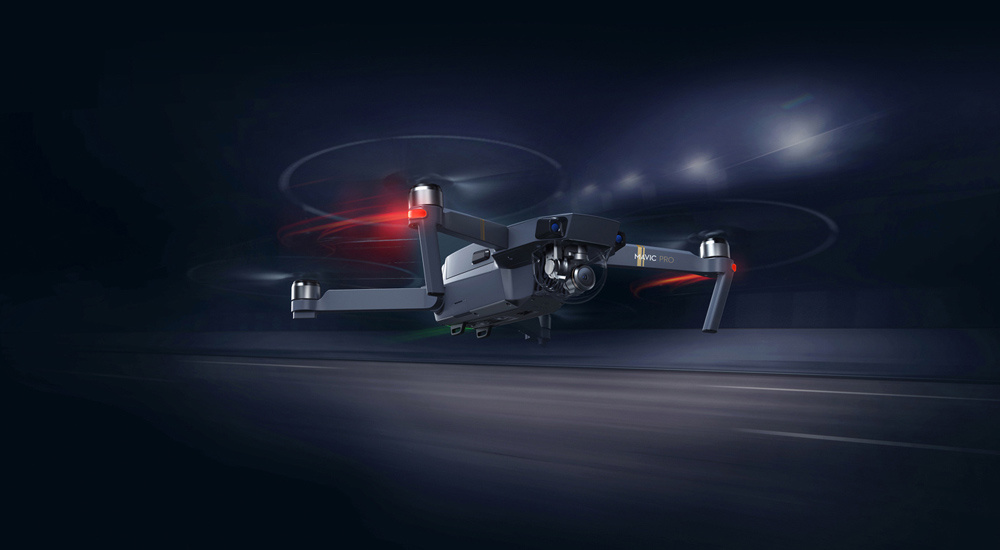
Important warning: all parameters and characteristics of this review are applicable to prototypes of the Spark drone, which became available before the official launch of supplies on June 15, 2017. Most likely, the final version of the mini-quadrocopter will be no different, but keep this fact in mind, especially if you plan to purchase a novelty.
Size and compactness
The problem of all previous quadcopter DJI, including the legendary Phantom series, was the size. The heavyweight drone is easier to resist the wind, but you can't take it anywhere with you, and you need to prepare and carry a bag for the shoot. Therefore, the camera drone lost on the popularity of camera cameras. It is over this problem that startups have been fighting with different success over the past couple of years.

Mavic Pro was not just the first step, but a working device that worthily implemented this idea. Recall: this is a folding drone with sliding beams and propellers. In the folded state, its size is 198x83x83 millimeters, and a smooth bar is obtained, from which nothing superfluous sticks out. In the unfolded state, we have a standard quadrocopter with a diagonal distance of 335 millimeters, which weighs 734 grams.
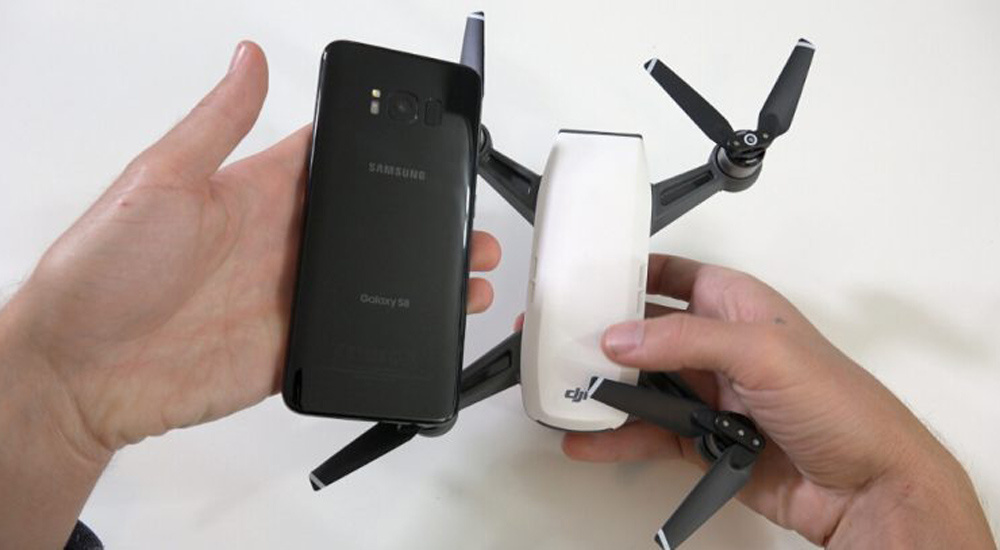
Baby Spark does not fold out. Nevertheless, it is much smaller than the competitor: 143x143x55 millimeters, the diagonal together with the propellers is 170 millimeters, a real mini-drone. It is comparable with smartphones iPhone 5 or Samsung Galaxy S8, but heavier: 300 grams.
Spark is half the size and twice as light as the Mavic Pro, even when folded. However, both devices are placed in a pocket of clothing.
Camera
High image quality has always been the most attractive feature of DJI quadrocopters. However, common mini-quadcopters remove blurry, shaky video with low resolution and unpleasant noise.
Last year, Mavic Pro proved that for a good video, the dimensions of a drone are not at all a limitation, but quality components will fit in a small case. His camera is mounted on a three-axis gimbal and is equipped with a 12-megapixel CMOS sensor measuring 1 / 2.3 inches. The viewing angle of the camera is 78.8 ° with a f / 2.2 aperture. Mavic-made videos and photos comparable to what Phantom 4 (which has the same sensor) can shoot.
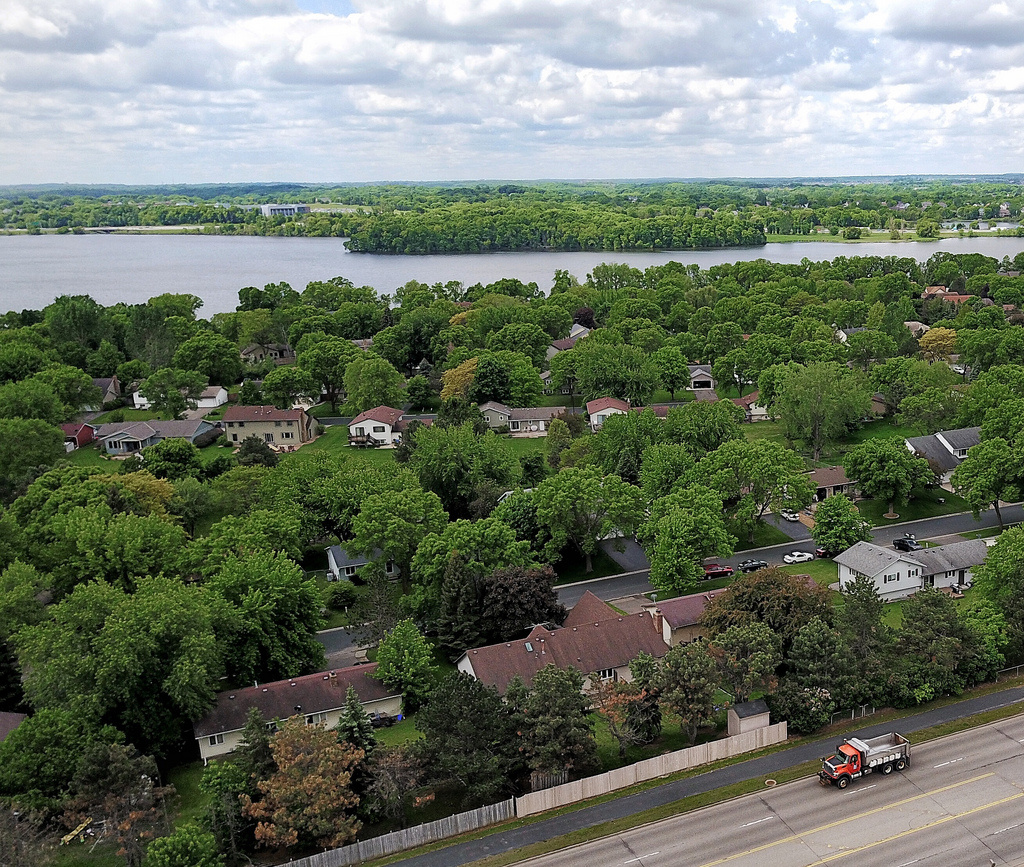
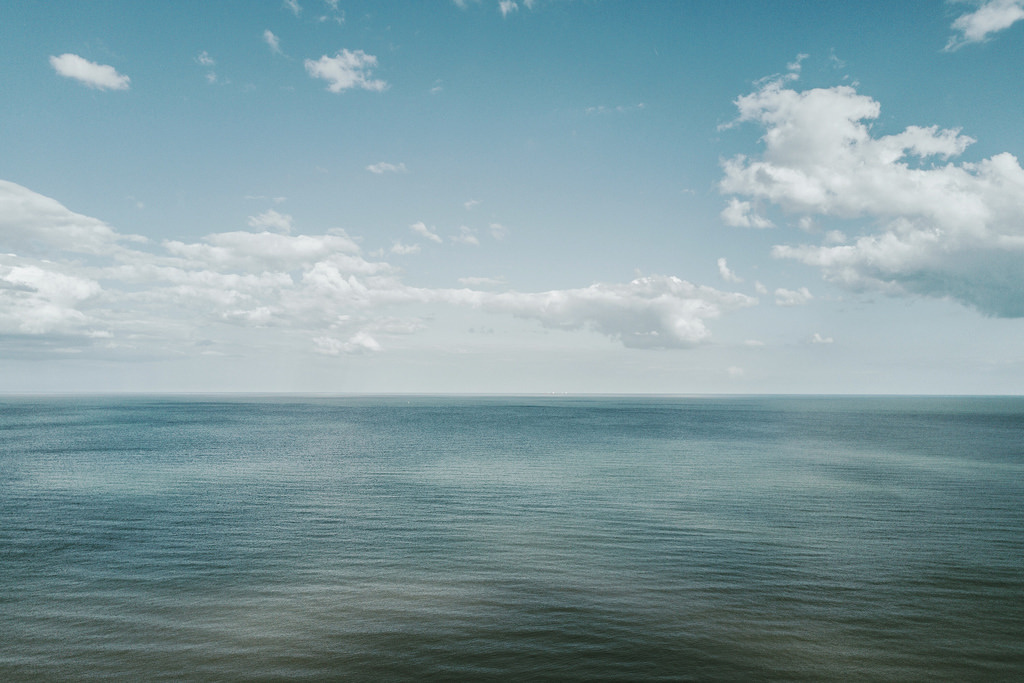

Photos from DJI Mavic pro
Spark is slightly inferior in performance. Its sensor is almost the same, 12-megapixel CMOS measuring 1 / 2.3 inches, viewing angle - 81.9 °, and the aperture - f / 2.6. The suspension is mechanical, but biaxial, and it has a smaller working range: from 85 ° to 0 °, for Mavic Pro - from -90 ° to + 30 °.
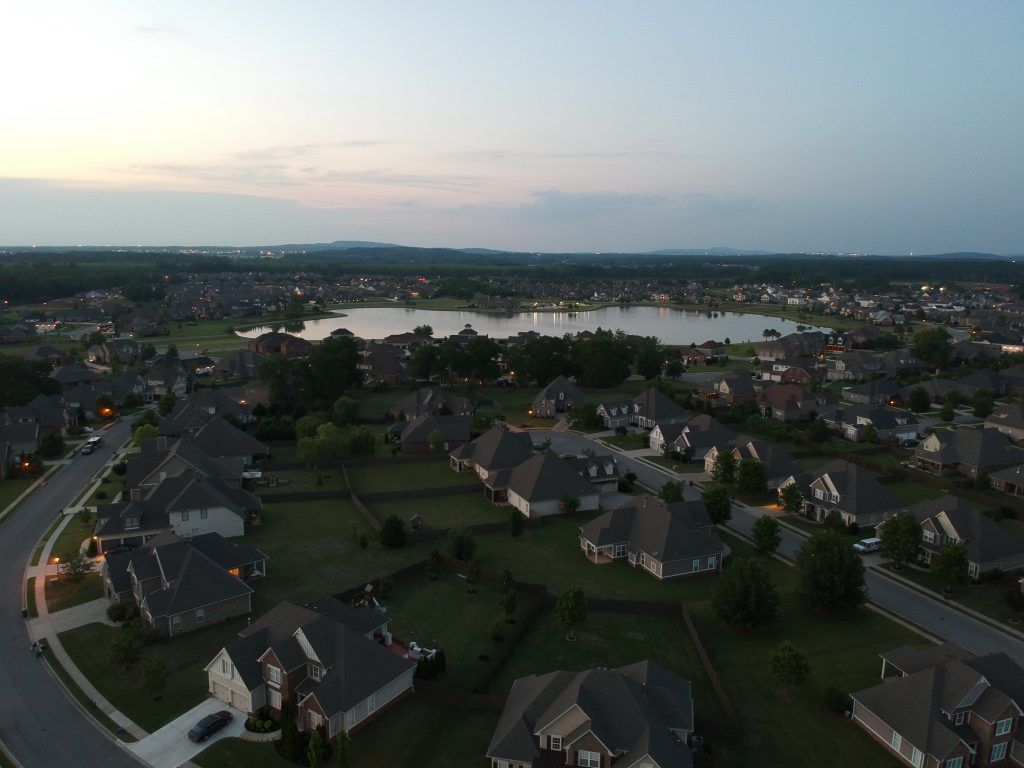
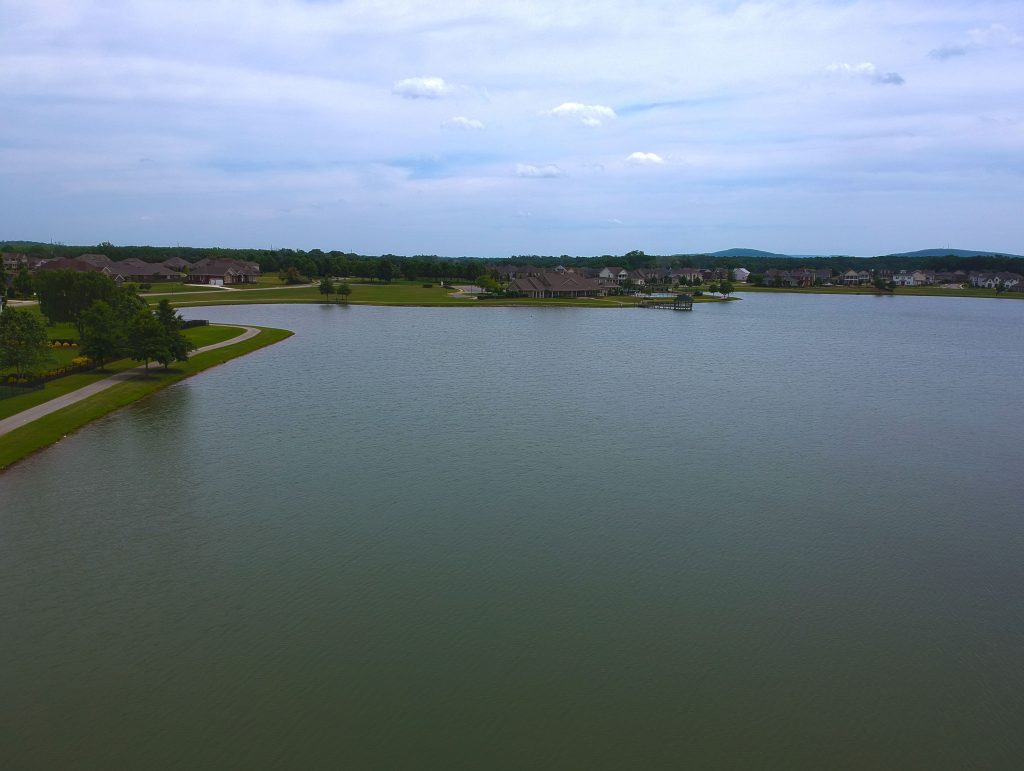

Photos from DJI Spark
Spark does not shoot in RAW format. Mavic takes photos in JPEG and DNG size 4000x3000, Spark - only in JPEG, 3968 × 2976. The difference in the video is more sensitive: if Mavic records at 4K at 30 frames / s and a bit rate of 60 Mbps, then Spark is limited to Full HD resolution and 30 frames / s with a bit rate of 24 Mbps.
It turns out that Spark still loses the older model in terms of the quality of shooting, which is explained, in many respects, by its purpose. Spoiler: mini quadcopter was conceived as a tool for removing content for social networks, but more on that later.
Navigation and ease of management
DJI Mavic Pro and DJI Spark are equipped with two different versions of the proprietary DJI system - Flight Autonomy. In short: this is a set of GPS / GLONASS modules, sensors, hardware and software, which allow the drone to orient in space, avoid collisions with other objects and land confidently.
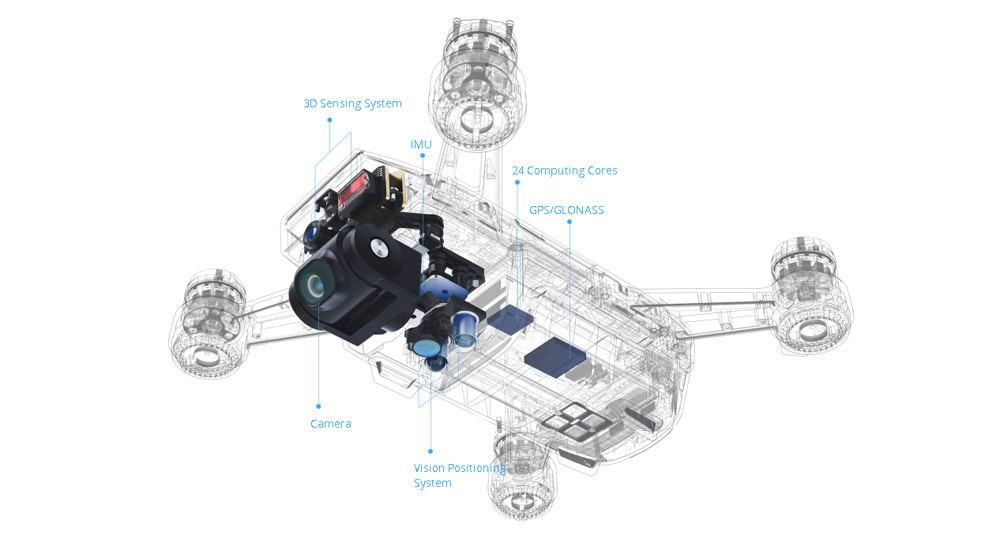
The Mavic complex includes 24 microprocessors, 5 cameras, 2 sonars and additional sensors. Inside the Spark there are also 24 microprocessors and a visual positioning system. Mavic sees obstacles 15 meters ahead and down, Spark only 5 meters.
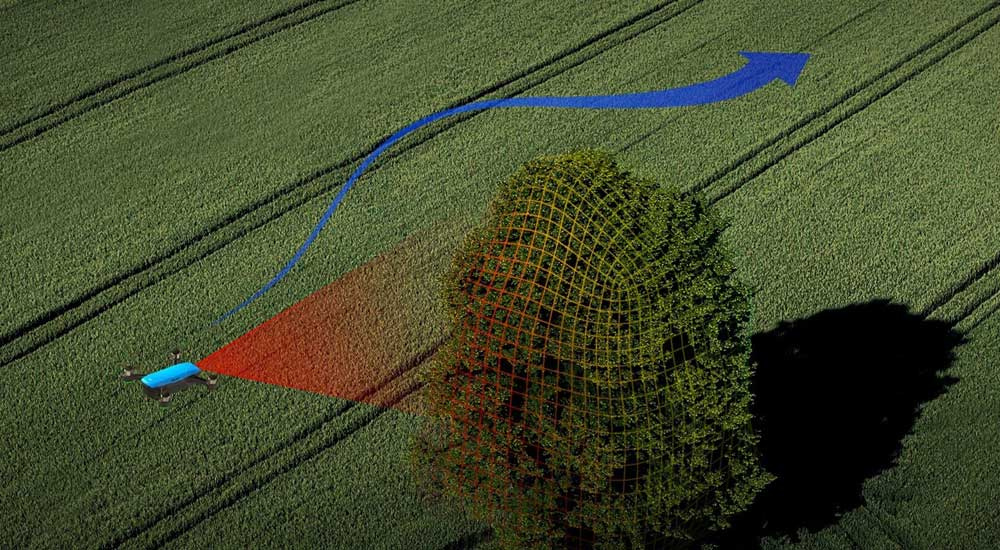
As for control, both drons support three control modes: using a controller, a smartphone, and gestures. The controller allows you to send Mavic Pro 7 kilometers from the user, Spark - 2 kilometers. Smartphones are connected via Wi-Fi, the maximum distance will be 80 meters and 100 meters for Mavic and Spark, respectively. Drones support TapFly and ActiveTrack modes. TerrainFollow is exclusive for Mavik, and QuickShots for Spark.

In the case of gestures, Spark definitely wins. The fact is that Mavic's gesture mode is an additional option that is turned on from the application. And for Spark only hands are needed. Just press the power button twice, let the drone “scan” your face and release the UAV: it will take off and start watching the owner. Waving hands indicate to the drone that you need to move to the right, left, fly away or closer. Folding his fingers "frame", the person will give the command to take a photo. That is: a fully solved problem of a selfie drone, when a quick photo shoot takes ten seconds, not minutes.
Batteries and speed
The short duration of the work is still a problem for all drones in general. However, DJI is constantly pushing the boundaries of the possible: the Phantom 4 Pro released at the end of 2016 stays in the air for 30 minutes.
The maximum flight time at Mavic Pro reaches 27 minutes. The lithium-polymer battery has a capacity of 3830 mAh and weighs 240 grams, so you can take charged spare batteries with you to take pictures.
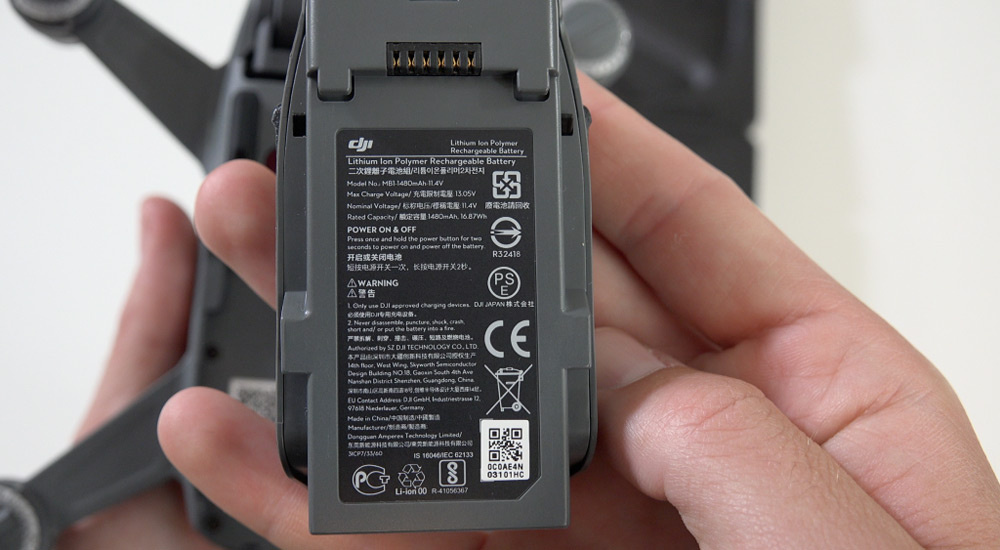
Spark flies less - 16‒17 minutes. It has a three-cell battery made with the same technology, with a capacity of 1480 mAh and a weight of 95 grams. It charges via Micro-USB interface, which makes it much more convenient.
Both drone work with DJI FPV-glasses. Speed Mavic Pro in sport mode reaches 65 kilometers per hour. Little Spark accelerates to 50 kilometers per hour: it does not steal, but almost does not lag behind.
Purpose
Although Mavic Pro is much smaller than any professional quadcopter, it has almost the same goal as theirs: to shoot impressive shots that are suitable for creating advertising, entertainment content and personal creativity.
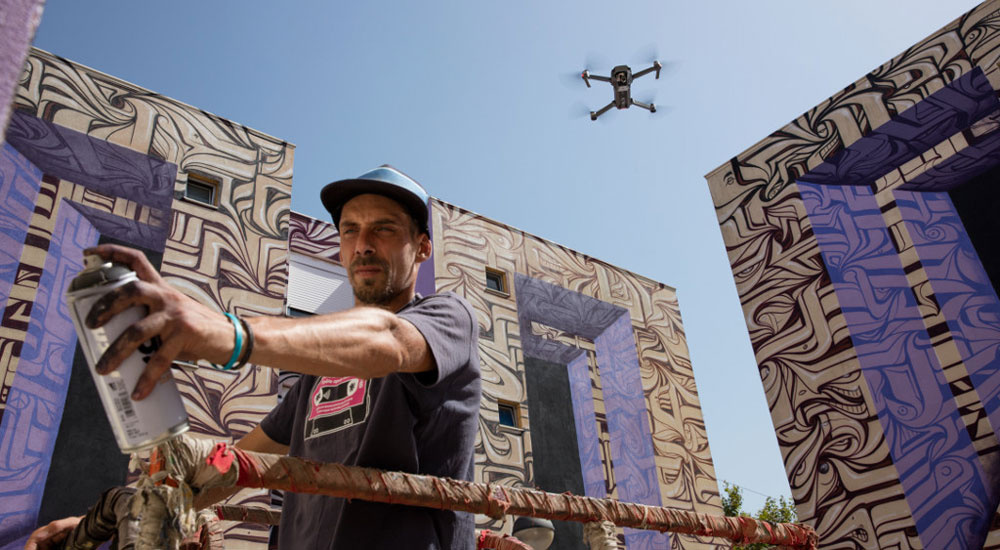
Spark is not like this: the drone was made for any user who wants to shoot his own life on video, and then share the footage on social networks. This purpose is well served by four QuickShots shooting modes. They produce short, 10-second videos, automatically edited in a DJI application. Such content can immediately be uploaded to Facebook or YouTube, quickly and simply, like photos from a smartphone.
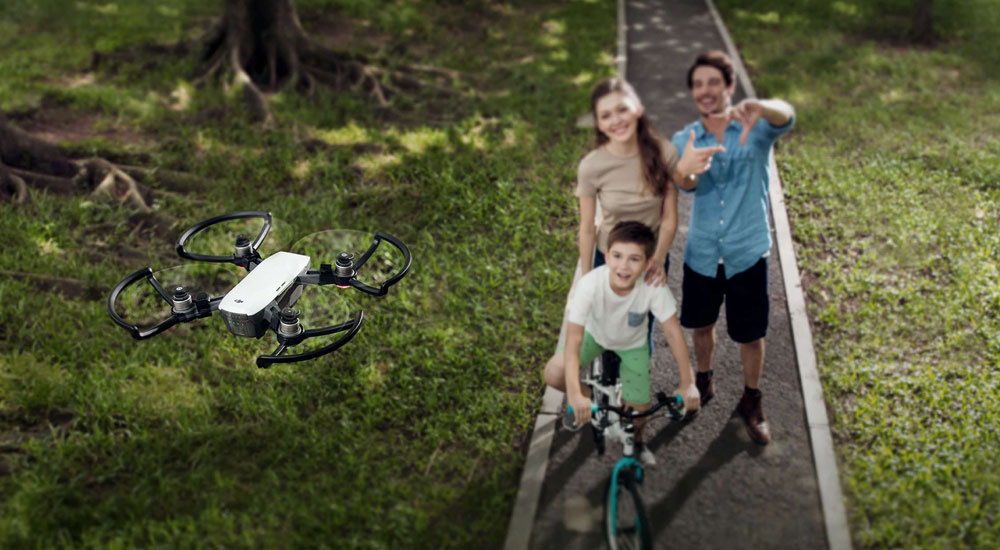
A small drone does not stack - so that the new pilot doesn't accidentally break his rays. It does not fly too far or too quickly, but the self-drone does not need this functionality. Gestures guarantee that the user can accurately make at least a selfie, if he does not understand the tricks of control.
But do not take Spark as a “cropped” version of Mavic! This is a new copter with a very serious filling. Price Mavic Pro reaches $ 1000, Spark costs $ 499 - and this means that the DJI has a car that can compete with Parrot and Yuneec drones. Included with the controller and accessories Spark costs $ 699, that is, it definitely "killed" any sense of the existence of GoPro Karma.

DJI Spark Specs
- Size: 143 × 143 × 55mm
- Weight (including battery): 300 g
- Flight time: 16 minutes
- Removable battery: Yes
- Additional batteries: you need to buy more
- Maximum speed: 50 km / h
- Distance from the operator: 100 meters via Wi-Fi, 2 km with controller
- GPS and GLONASS: Yes
- Auto-follow function: Yes
- Auto-take-off and auto-landing function: Yes
- Obstacle avoidance function: Yes
- Photo format: JPEG
- Video Format: MP4 (MPEG-4 AVC / H.264)
- External card support: Yes, Micro-SD
Camera
- Matrix; 1 / 2.3 "CMOS; 12MP
- Optics: FOV 81.9 °; 25mm (35mm Format equivalent); f / 2.6; focal length range - from 2m to infinity
- ISO Range: for video 100 ~ 3200, for photo 100 ~ 1600
- Maximum photo resolution: 3968 × 2976
- Maximum video resolution: Full HD 1920 x 1080p, 30fps, 24 Mbps bitrate
Features DJI Mavic Pro
- Folded size: 198 × 83 × 83mm
- Unfolded size: 335 mm diagonal
- Weight (including battery): 734 g
- Flight time: 27 minutes
- Removable battery: Yes
- Additional batteries: you need to buy more
- Maximum speed: 65 km / h
- Distance from the operator: 80 meters via Wi-Fi, 7 km with controller
- GPS and GLONASS: Yes
- Auto-follow function: Yes
- Auto-take-off and auto-landing function: Yes
- Obstacle avoidance function: Yes
- Photo format: JPEG, DNG
- Video Format: MP4, MOV (MPEG-4 AVC / H.264)
- External card support: Yes, Micro-SD
Camera
- Matrix; 1 / 2.3 "CMOS; 12.35MP
- Optics: FOV 78.8 °; 28mm (35mm Format equivalent); f / 2.2; focal length range - from 0.5 m to infinity
- ISO Range: for video 100 ~ 3200, for photo 100 ~ 1600
- Maximum photo resolution: 4000 × 3000
- Maximum video resolution: C4K 4096 x 2160p, 24fps, 60 Mbps bitrate
Selfie drone lived, selfie drone alive, selfie drone will live! Spark shipments should start in mid-June. In the online store Madrobots.ru, you can leave a request for pre-order DJI Spark - as soon as the novelty appears, we will immediately inform. If you still like DJI Mavic Pro, you can buy it from us today .


All Articles